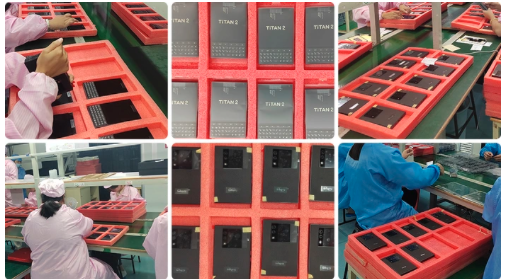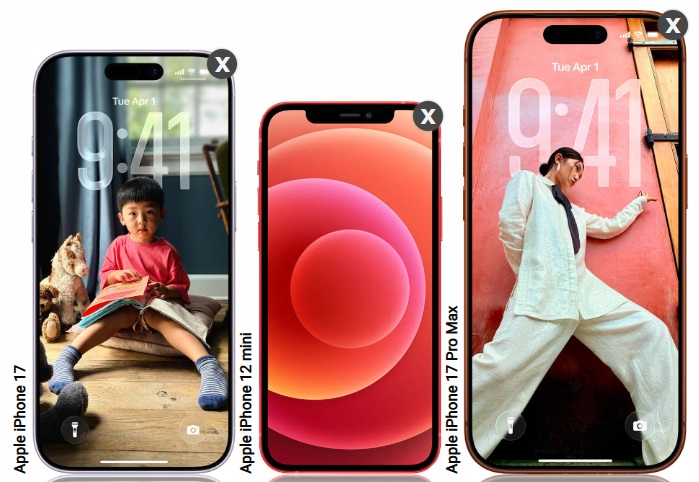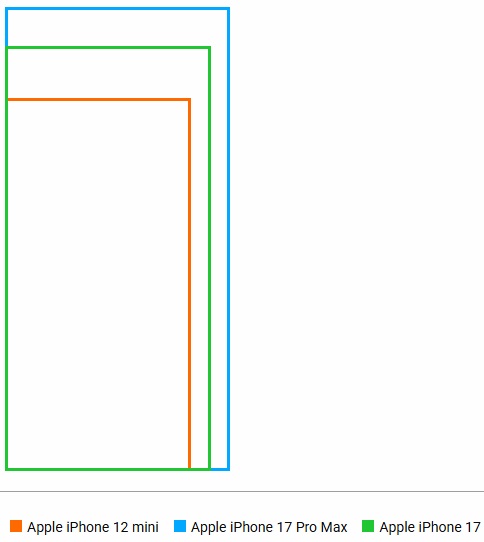As I’ve discussed previously, Smartphones are now what we’d consider a mature product. The days of rapid innovation are over, and we are very much at a stage now where year on year improvements are minimal. As a result of this, companies shift to marketing strategies to sell their products, rather than letting the specs of the product sell itself. You can easily be mislead into believing you need a new phone, or that you need a more expensive one than you actually do.
I’ll approach each market segment separately, budget, mid range, high end and Premium tier (dropping the flagship name, I’ll explain later). We’ll take a look to see who each type of phone might be suitable for, what offers the best value for money and what’s just overkill.
The budget phone
This is quite a broad range, devices can range from around £75 up to £200 in this bracket and have massively different offerings. Generally features will be missing and/or specs will be very basic. A “budget phone” will be best suited to elderly people who don’t ask much from their phones, children or teenagers that won’t look after their phones or someone who’s willing to make compromises in the name of saving money. As I’ve self imposed a limit of £200 and below for a budget phone, this segment is getting smaller. Devices like the HMD Pulse are at the bottom end, with phones like the Samsung A17 and the Moto G56 being at the top end.
In reality the latter 2 devices would serve the average user fine, some of these devices offer features their flagship counterparts don’t such as headphone jacks and Micro SD cards. The main compromise on budget phones these days is camera quality, if that’s of no concern to you there are some good deals to be had here. At this point we can’t be too fussy on performance, but aim for more than 4GB RAM and avoid anything with a “Mediatek Helio” range or “Unisoc” branded chipset. If you find something with a “Mediatek Dimensity” or a “Snapdragon” chipset, you’ll generally be in for a much better time. Obviously the more storage the better, but most of these devices will have a Micro SD slot, so it’s not too much of a concern. For screens in this segment you can expect to see some LCD panels on offer, however there are an increasing number of budget phones getting OLED panels. OLED’s are generally better, but are more expensive to repair, can have burn in issues and some people are sensitive to the way they dim the screen.
Midrange phones
As there are no clear definitions of what a phone is, I’ll define this segment to be anything over £200, up to £600. Initially I had set this to £500, but this didn’t allow for any devices from Apple, so I’ve raised this to £600 For most people, this is the segment that most people will find the device that meets all of their actual needs. At the bottom of this range we have devices like the Motorola G75 and the CMF Phone 2 Pro, and at the top of the range we have things like the Google Pixel 9a, the iPhone 16e and the Samsung S25 FE.
Aside from intensive mobile gamers, extreme power users and photographers there is a device suitable for most people here. The specs in this price range are generally at a level where they’re a non issue. 8GB RAM and 256GB storage is the norm, most if not all of these devices will have 5G networking and chipsets in all of the devices I’ve mentioned will be sufficient for most people. They will be snappy in day to day usage, shrug off multi tasking and even handle some gaming well. Cameras will be marginally better than the budget segment, expect to see optical camera stabilisation and better processing, however sensors will still be small at this price. They will produce serviceable photos, but I wouldn’t rely on it as a sole camera.
On the flip side, at this price point the headphone jack will be a very rare sight and Micro SD support will be hit and miss. If there is no Micro SD slot take note of the inbuilt storage, if it’s only 128GB like on the base model of the Pixel 9a or the iPhone 16e that device might not seem such good value when you have to step up to the 256GB version.
High end phones
I’m putting device between £600 – £1000 in this category. If you’re an intense mobile gamer, avid mobile photographer, or extreme power user the device for you is probably in this segment. I’d still advise you to look at the mid range segment to see if you can find a device that meets your needs there, but if not there’s plenty in this “high end” bracket.
Devices like the Samsung S25, iPhone 17, Pixel 10 can be found in this bracket. It might seem strange when most seem to consider these to be standard phones these days, but the reality is that this is just marketing at play normalising very expensive phones. These device are much more than the average user needs, and cater more to niches. All devices in this segment are more powerful than your average laptop, and most people lured into buying them will underutilise them by just scrolling social media and using navigation. For those that do genuinely require the features that these devices provide though, this still represents better value for money than what I’m calling the “premium” tier.
12-16GB RAM is the norm for devices in this segment, and 256GB is still the norm, with more expensive models with more storage being offered. Either top tier chipsets will be offered here or just one step below, these SOC’s will not break a sweat in day to day usage.
Premium phones
I’m choosing to call this price bracket premium rather than “flagship”, the definition of a flagship has naval origins, and the flagship of a fleet would be the best they have to offer. This term is too liberally used in tech as used correctly there could only be one “flagship” per company. Bad terminology aside I’m putting devices that are £1000 and above in this category.
Devices like the Samsung S25 Ultra, Samsung Z Fold 7, Pixel 10 Pro XL, iPhone 17 Pro Max are firmly in this category with some configurations hitting and passing the £2000 mark.
I’d argue that there is nobody out there that actually needs one of these phones. Tech enthusiasts buy them because they want the best, regardless of whether they need it. Some people buy them as a status symbol. Others buy them because they’ve been lured to believing they need one through marketing or have been mis-sold them.
At this price point a gamer would be served by something like a steam deck, a photographer better served by a mirrorless compact or a DSLR, and someone needing ultimate productivity better served by a tablet or a laptop.
Smartphones are limited by their form factor. A rectangular object with limited physical inputs that needs to fit in a trouser pocket, whilst being durable. There comes a point where cramming huge amounts of expensive technology into a device that needs to meet these requirements reaches a point of diminishing returns. I’d argue that any device over £1000 is the textbook definition of that.
The amount of people I know personally that have rushed out to buy iPhone 17 Pro Max’s or Samsung S25 Ultra’s is far too high. None of those people use a quarter of what these devices offer. I can almost guarantee that they’d all have a comparable experience with the iPhone 16e or S25 FE respectively. They’ve been mislead into spending more money when it wasn’t needed. Something we see far too often these days in all areas of life.
However, despite my opinions I pass no judgement onto people that choose to do this. Everyone is free to spend their hard earned money however they see fit, and if that brings them joy then so be it.


